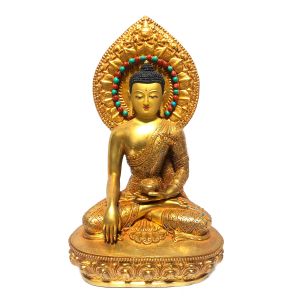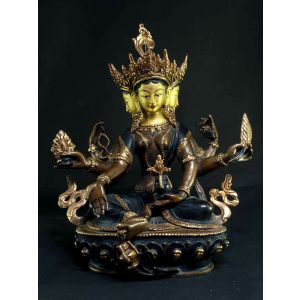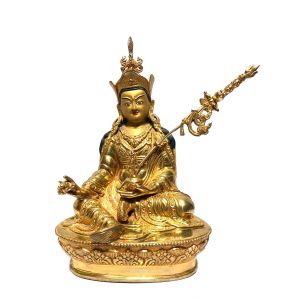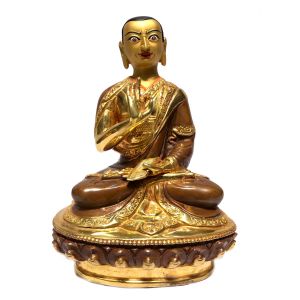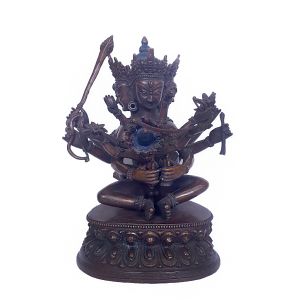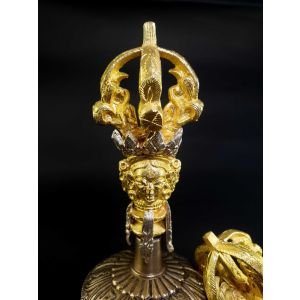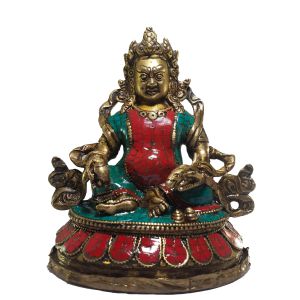Monastery Quality Buddhist Statue of Padmasambhava Full Fire Gold plated , Painted Face
| Seller | Handmade Handicraft |
|---|---|
| Product Tags | Monastery Quality Statue, Padmasambhava Statue, Buddhist Statue Gold Plated Statue, Painted Face Statue, Metal Craft, Idol, Sculpture, Statue |
| UK Size | 4 |
| Seller | Admin |

